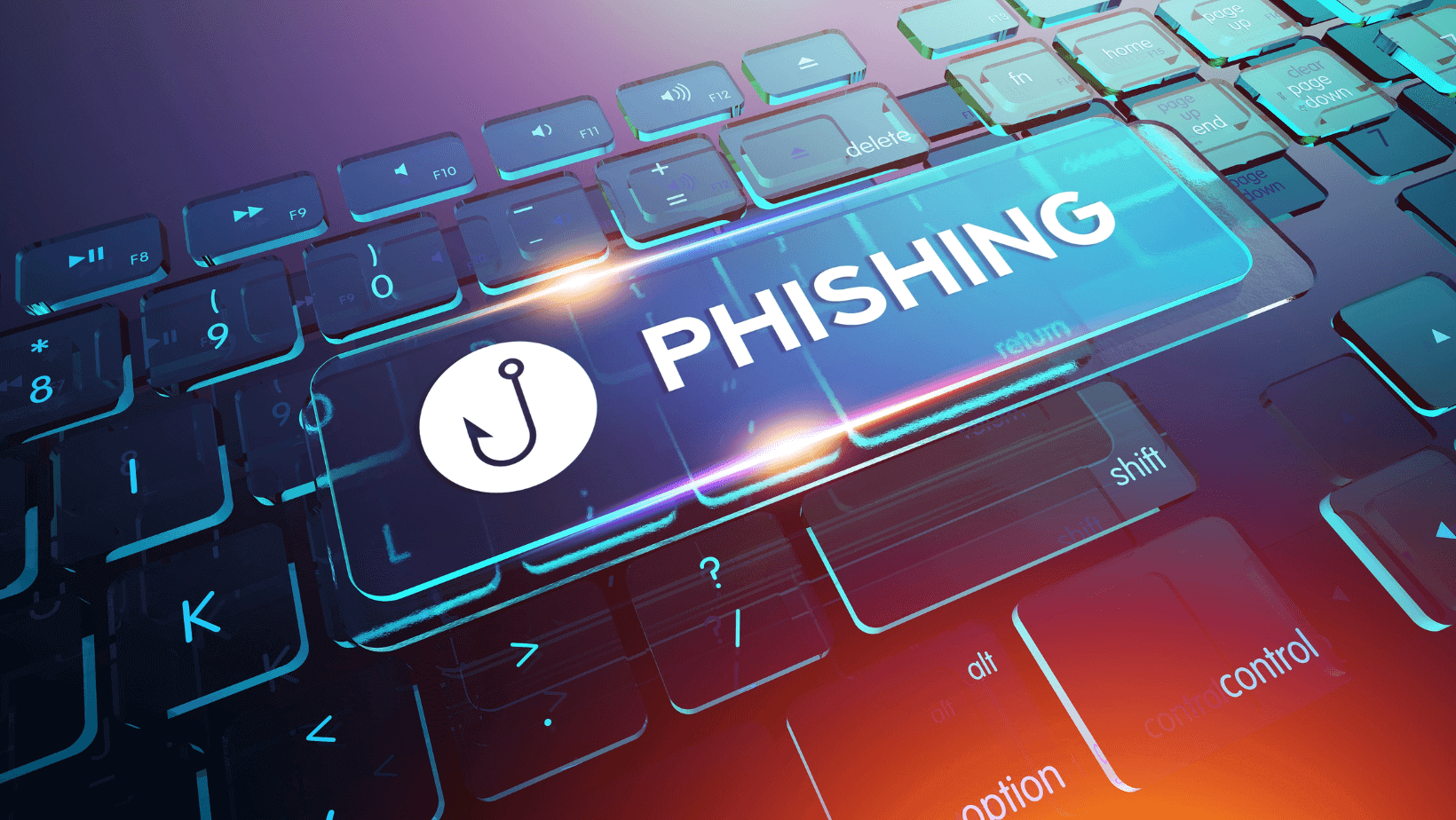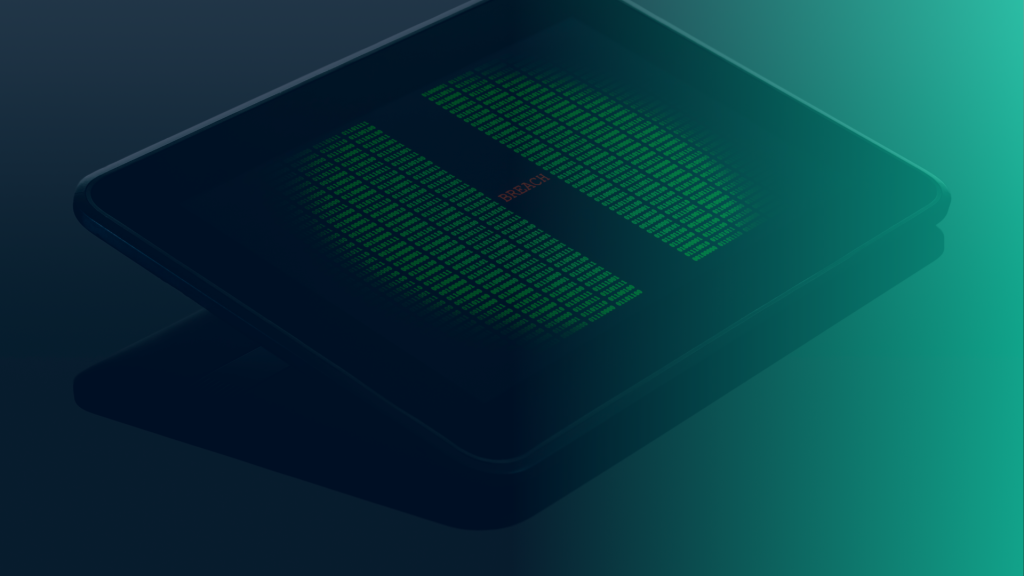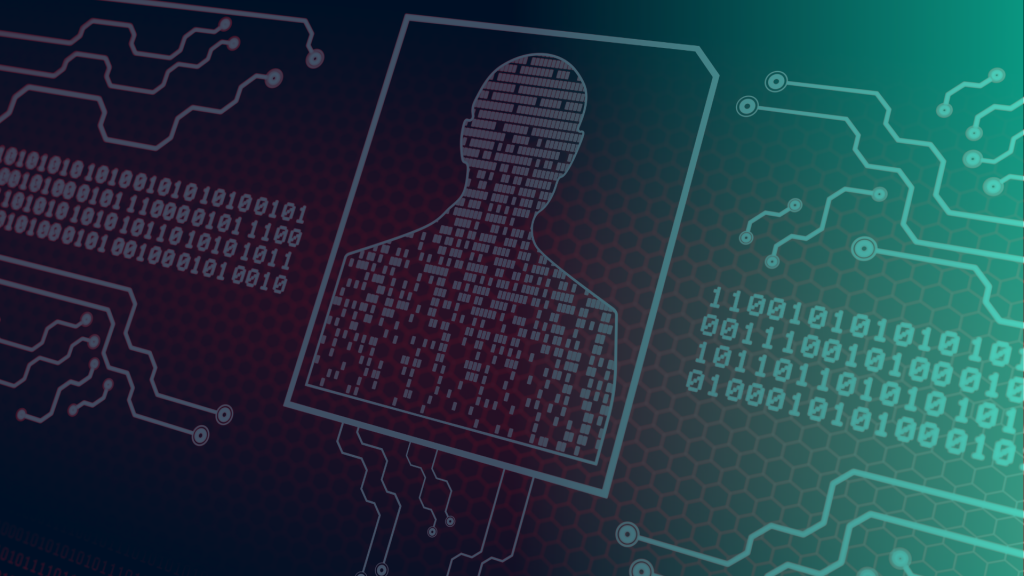AI-Powered Phishing: How Cybercriminals are Leveraging Artificial Intelligence to Trick You
Michael Pretorius
January 10, 2025

Artificial intelligence (AI) has become a game-changer in many industries, including the cybersecurity sector. However, it has also become a tool for cybercriminals, who use AI to launch more sophisticated and effective phishing attacks.
Phishing attacks have been around for years, and they remain one of the most significant cybersecurity threats. Phishing attacks are designed to trick people into clicking on malicious links or giving up sensitive information, such as login credentials or credit card details. The goal of these attacks is to steal information, spread malware, or gain unauthorised access to systems.
Traditional phishing attacks were relatively simple and often involved sending a fake email that appeared to be from a reputable organisation. The email would typically contain a link that, when clicked, would take the victim to a fake website that looked like the real thing. The victim would then be prompted to enter their login credentials or other sensitive information, which the attacker would capture and use for nefarious purposes.
However, the rise of AI has made phishing attacks much more sophisticated and challenging to detect. AI-powered phishing attacks can learn from past attacks, adapt to their targets, and create highly convincing messages that are difficult to distinguish from legitimate communications.
How is AI Used In Phishing Attacks
ne way that AI is used in phishing attacks is to analyse social media and other public sources of information to gather data about potential targets. This information can include job titles, email addresses, phone numbers, and other details that can be used to create highly personalised and convincing phishing messages.
Another way that AI is used in phishing attacks is through the creation of deepfake videos. Deepfake videos use AI to create realistic videos that show people saying or doing things they never did. Cybercriminals can use deepfake videos to impersonate CEOs, politicians, or other high-profile individuals and create convincing messages that can be used to trick victims into divulging sensitive information.
AI can also be used to automate spear-phishing attacks. Spear-phishing attacks are targeted attacks that are tailored to a specific individual or organisation. These attacks are usually more effective than traditional phishing attacks because they are designed to exploit specific vulnerabilities or concerns of the target.
AI-powered spear-phishing attacks can automate the process of collecting information about the target, crafting convincing messages, and sending them at the optimal time to increase the chances of success. This automation makes it easier for cybercriminals to launch large-scale attacks against multiple targets simultaneously.
To defend against AI-powered phishing attacks, organisations need to adopt a multi-layered approach to security. This approach should include the following:
- Employee training: Employees need to be trained to recognise phishing attacks and report them to their IT department. They also need to be educated on how to avoid sharing sensitive information.
- Email filtering: Email filtering can help block known phishing emails and reduce the number of emails that employees receive.
- AI-powered security solutions: AI-powered security solutions can help detect and block AI-powered phishing attacks. These solutions use machine learning algorithms to analyse large amounts of data and identify patterns that indicate a phishing attack.
- Two-factor authentication: Two-factor authentication can help prevent unauthorised access to systems even if an attacker manages to steal login credentials.
In Conclusion
AI has become a powerful tool for cybercriminals, enabling them to launch more sophisticated and effective phishing attacks. As organisations continue to rely more on technology, it is crucial that they adopt a multi-layered approach to security to defend against these attacks. By investing in employee training, email filtering, AI-powered security solutions, and two-factor authentication, organisations can better protect themselves against the growing threat of AI-powered phishing attacks.
To facilitate employee awareness and strengthen the human element of cybersecurity, we proudly offer various products and solutions as part of our security solutions.
At 2TS, we are committed to helping our clients protect their sensitive information from cyber threats, including AI-powered phishing attacks.
Recent Posts
-
 National Health Data Exposed: What the NHLS Breach Means for South Africa’s Cybersecurity19 Sep 2025
National Health Data Exposed: What the NHLS Breach Means for South Africa’s Cybersecurity19 Sep 2025 -
 A Wake-Up Call for Data Security: The Cell C Breach05 Sep 2025
A Wake-Up Call for Data Security: The Cell C Breach05 Sep 2025 -
 Still on Windows 10? Here’s Why 2TS Is the Smart Choice17 Jul 2025
Still on Windows 10? Here’s Why 2TS Is the Smart Choice17 Jul 2025 -
 Preventing Digital Disruption in the Cold Supply Chain | Lessons from the Peter Green Ransomware Attack05 Jun 2025
Preventing Digital Disruption in the Cold Supply Chain | Lessons from the Peter Green Ransomware Attack05 Jun 2025